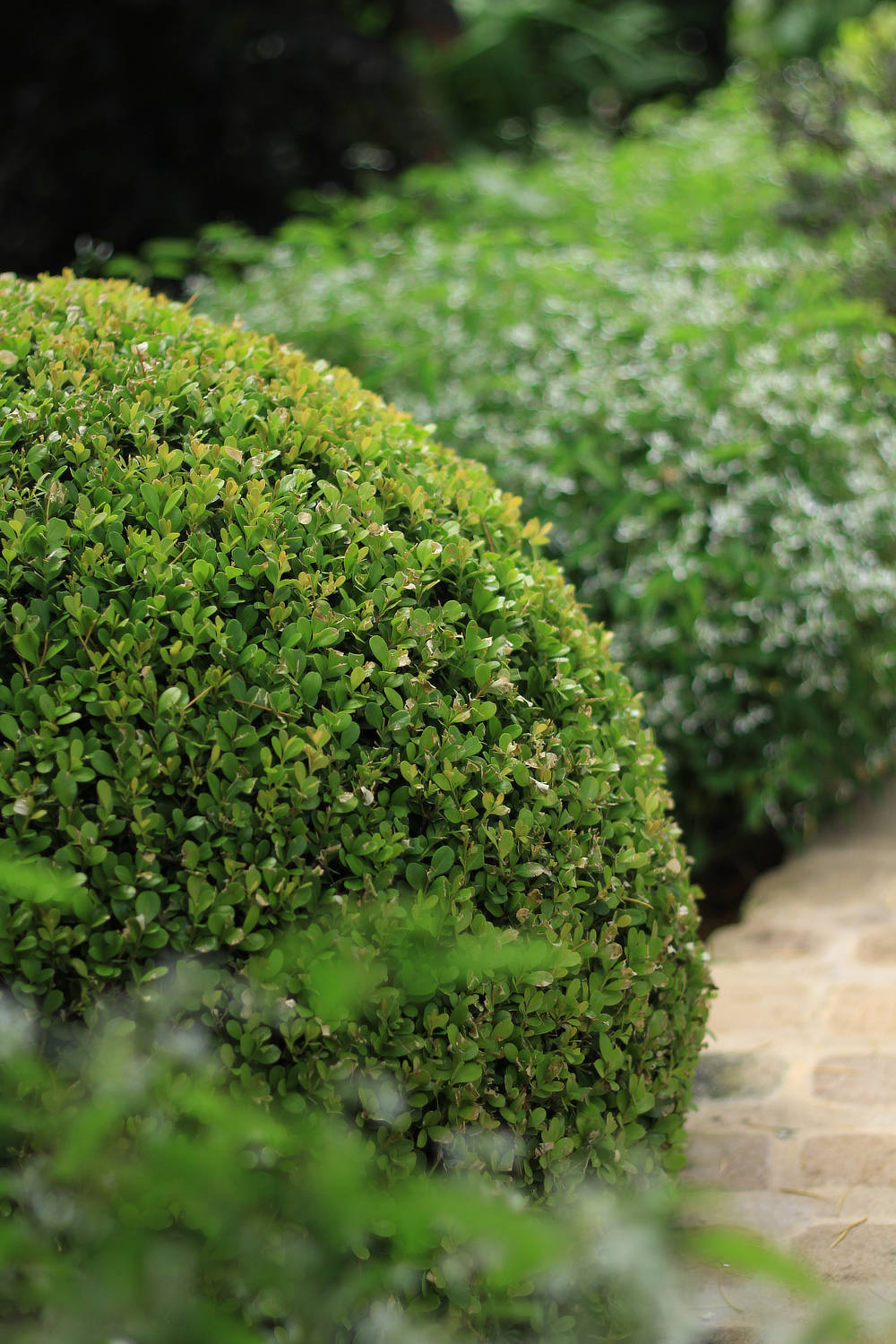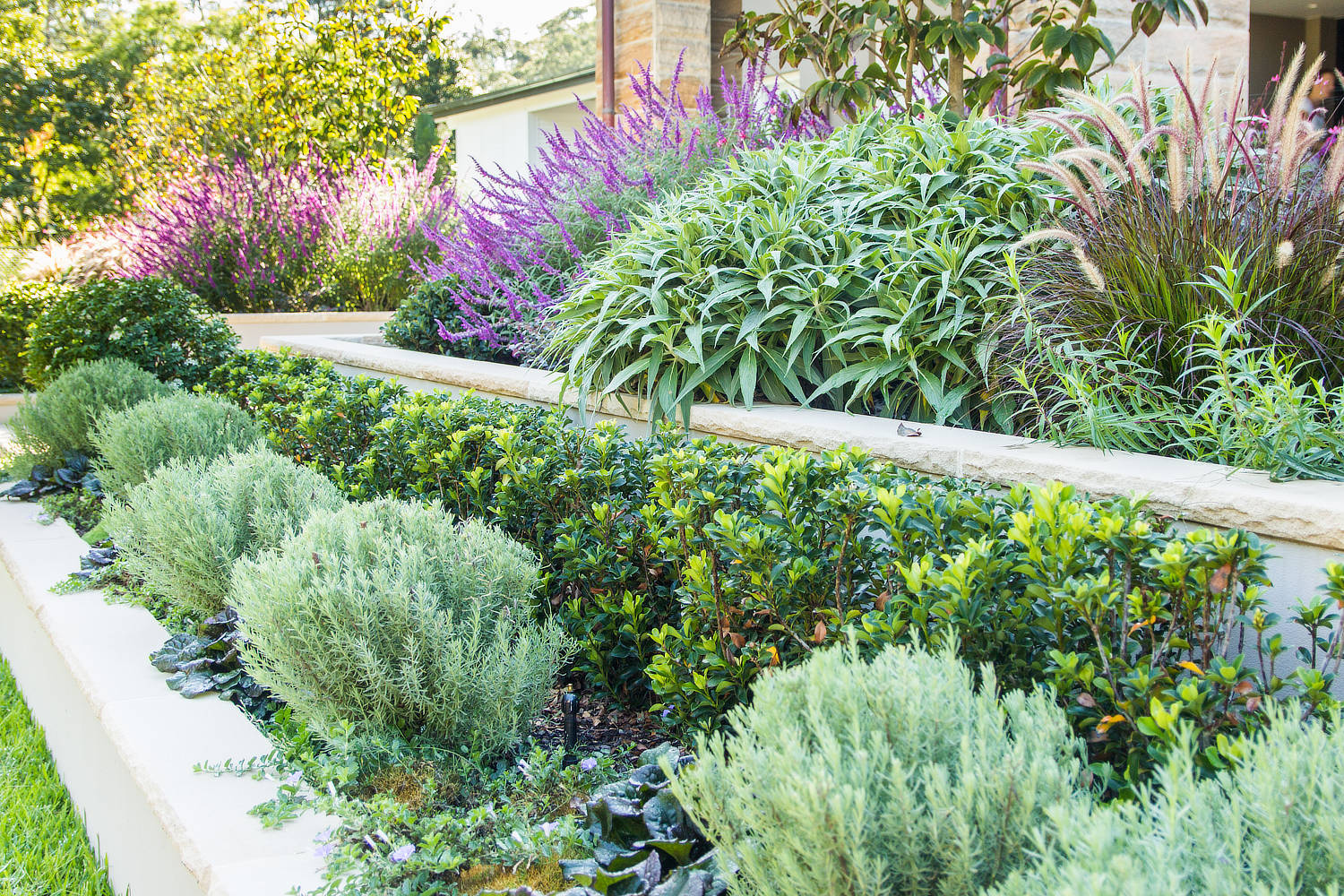Without healthy soil your garden simply will not flourish. A healthy soil is one that will hold onto water and nutrients for longer and therefore support a wider range of plants. Improving your soil is so easy to do by simply adding compost and well-rotted manures and digging them through.
Making your own compost is an easy thing to do, it reduces the amount of waste you put in landfill and with all the kitchen scraps created over the festive period right now is the time to start a compost heap.
You don’t need a large garden to start recycling your waste, simple countertop units can do this for you. These are called bokashi units as you add the Bokashi grain or spray to speed up the composting process and eliminate bad smells. Once full (which doesn’t take long) either bury the contents in the garden or add to a larger outdoor heap. As the composting process is sped up by the grain and or spray its totally fine to bury and it will break down very quickly.
Outdoor composting can be done in a couple of ways, I use a tumbler and a traditional compost heap, and the principal is the same, you need the right combination of brown waste to green waste. The green waste is things like grass clippings, kitchen scraps and pruning’s from your plants; this is wet and should make up 25% of the heap. The remaining 75% should be brown waste or dry waste and this can be twigs, sticks or shredded newspapers (none of my columns thank you). As we tend to generate more green waste than brown waste I have a bale of pea straw mulch at the ready to add in to bulk up the brown. Getting the mix right is the key to success, too wet and the heap will smell, and you’ll attract fungus gnats and too dry and it will be slow taking years to become useful. I also add a dose of compost accelerator to speed the whole thing up.
Tumblers are compact and perfect for the medium size garden, you simply put in your brown and green waste and turn the barrel to mix the contents and leave to compost. They are split into two sections so once one is full you can leave it to break down and start adding a new one. Once you have spent a few months doing this you can empty the older one once both sections are full, you then you should have a reliable source of ongoing compost as it all starts again.
If you have a bit more space, then a traditional outdoor heap is the way to go as you’ll be able to process much more waste and therefore get much more compost. The ratio of brown to green stays the same but you need a dedicated area to create a pile. I keep mine contained with old timber pallets as they allow air flow through and keep it all contained and somewhat neat – not that a compost heap is a pretty thing! I have three bays, I fill the first and add to it as material become available, I then turn it into the second bay and third bay when ready, this action frees up space for new piles and helps to mix and aerate at the same time. If you don’t have the space for bays like mine a flat spot and a pile of waste works just as well, you’ll need to mix regularly to get the compost from the inside to the outside and the non-composted material into the middle of the heap where it composts quicker.


